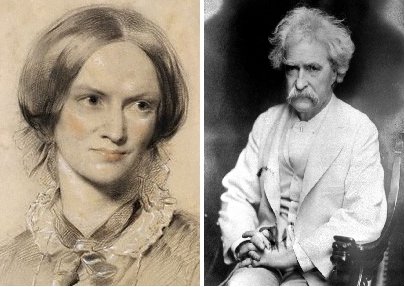
Now here‘s a unique marketing strategy: To celebrate and cross-promote the new Marvel Comics Emma, the new Uncanny X-Men (#534) features an alternate cover by Janet K. Lee, the artist behind Emma, featuring Emma Woodhouse as Emma Frost. Get it? Because they’re both named Emma?
Which brings up a point that I kind of hope isn’t as original as I think it is: I’m generally in favor of spreading the Austen universe—ooh la la, genre-speak!—as far and wide as possible, but if we’re going to make graphic novels of Austen novels, why not go all the way? I’m thinking a band of accomplished ladies fighting crime by night, preferably in tall boots and elaborate hairstyles and carrying optional ladylike crime-fighting accessories. They use their powers for the good of proper young ladies everywhere, and have a futuristic lair hidden deep underneath an English country church! There’s a charming, villainous young man with a scandalous past and an insatiable hunger for young girls! Come on: leather and lycra, but with an empire waist? Why hasn’t anybody thought of this before? (Or have they? Readers?)
I call it—wait for it—The A-Team!
…Wait. That can’t be right.
Well, whatever! Behold the power of the ladies of Austen! Insert your own cool 70s artwork as needed.
Elizabeth “Prejudice” Bennet: With a muddy hem and a pair of fine (bionic) eyes, she out-snarks any man!
Fanny “The Faninator” Price: Turns invisible in the presence of basically anybody!
Emma “The Matchmaker” Woodhouse: She always gets what she wants. Always.
Elinor “Dash” Wood: Absorbs the rage and desire of those around her…
Marianne Dash “Wood”: …only to transfer them to her sister!
Anne “The Waiter” Elliot: Will wait you under the table with imperturbable patience!
Catherine “P.I.” Morland: Will ferret out the juicy details…whether they’re accurate or not!
Universe, make it happen.








